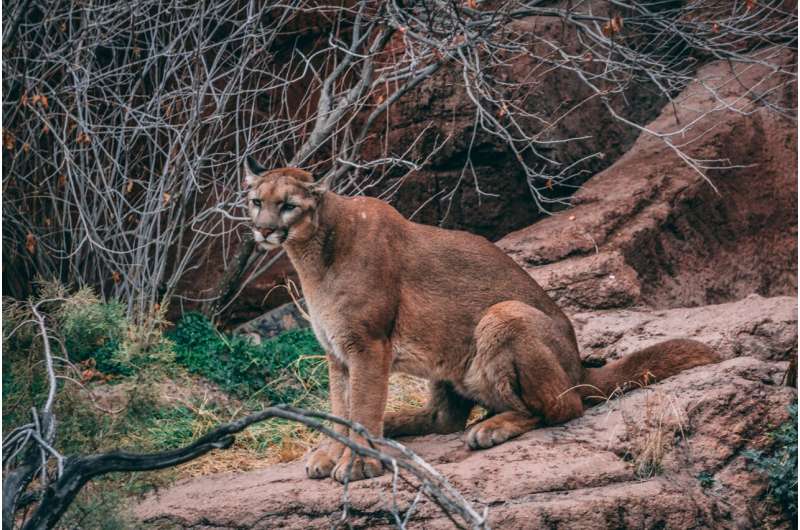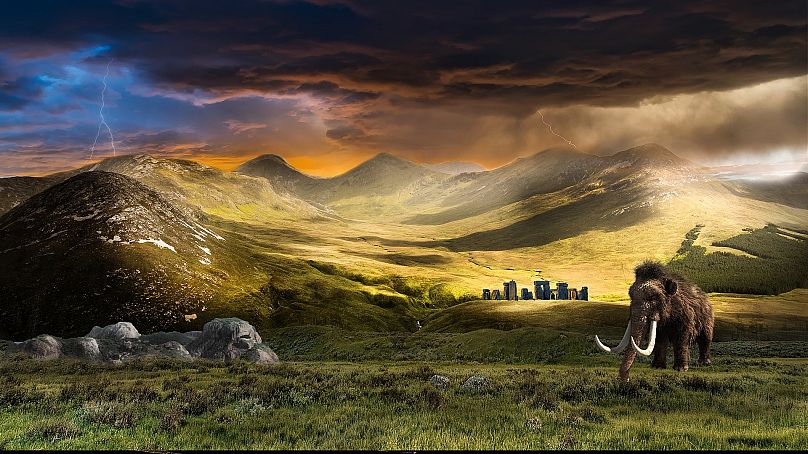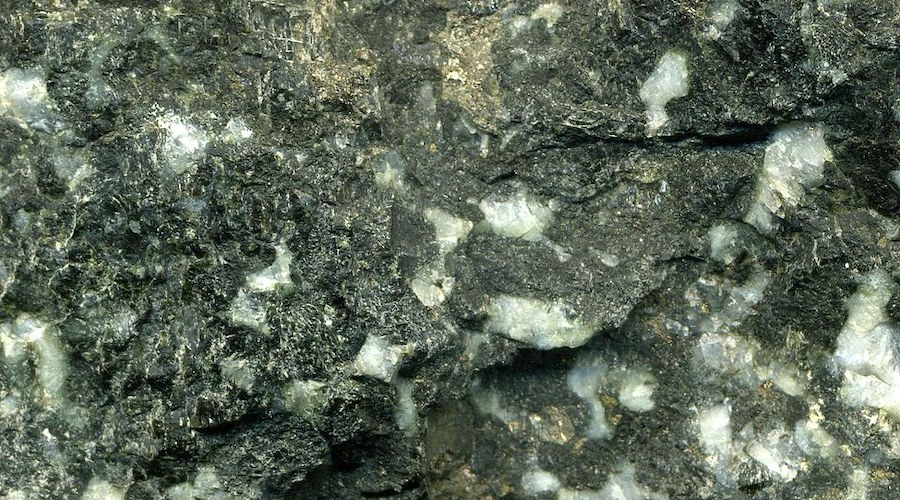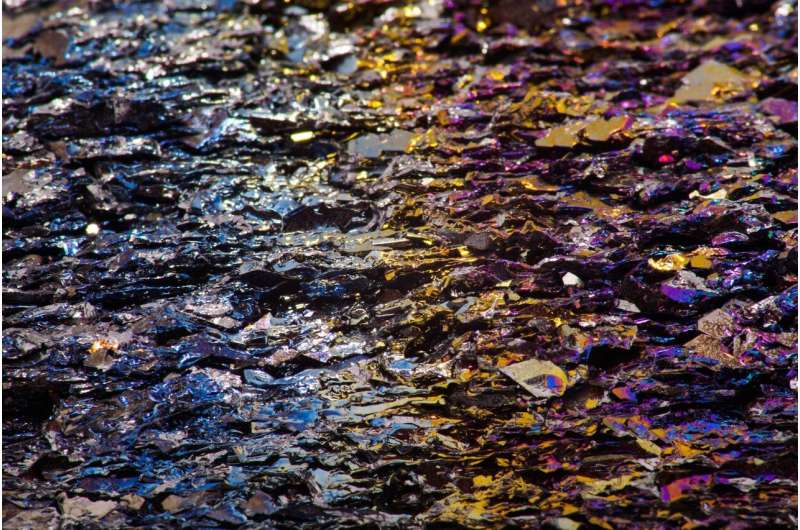'A no-brainer': Mining companies to relinquish thousands of claims in Yukon's Peel watershed
Seven companies fold on roughly 5,000 claims in protected areas
Thousands of mineral claims in Yukon's Peel watershed have been relinquished by mining companies.
The Yukon government has struck agreements with seven companies, which, in turn, have forgone 5,031 claims — the majority of outstanding pre-existing claims located in protected areas.
The agreements stem from the Peel land use plan. Signed in 2019, the plan offers degrees of protection to most of the 67,431-square-kilometre region. The agreement, in effect, divides the region into management blocks, wherein the environment has received either permanent protection or protection that's subject to review every 10 years (while industrial development is allowed in 17 per cent of the region, First Nations and the territorial government must reach a consensus before that work can happen).
The companies that have agreed to relinquish claims vary in size. Newmont, the multinational corporation behind the Coffee Gold project in the Dawson area, stepped away from 1,835 claims. Smaller companies ATAC Resources and Generic Gold say they have relinquished 327 and 1,332 claims, respectively.
Then there's prospector Bernard Kreft. He told CBC News he relinquished 142 copper, gold and cobalt claims located northeast of Dawson.
"It was a valuable asset in my business," he said. "But, at the end of the day, this is about respect for the [First] Nations. They're good people.
"To me, this was a no-brainer."
The three remaining companies haven't agreed to be identified yet, said Jesse Devost, a spokesperson with Yukon's Department of Energy, Mines and Resources. It's unclear how many claims those companies have agreed to relinquish.
Asked whether the agreements include financial compensation, Devost said companies that have removed claims from the Peel will instead earn a credit for the amount of legislated work or fees that would otherwise be required to happen on an annual basis. This, he added, will be applied to other claims held by the companies elsewhere in the territory.
First Nations and environmental organizations applaud the move
Four First Nations have vested interests in the Peel watershed. That includes the Tr'ondëk Hwëch'in in Dawson City.
Chief Roberta Joseph says the removal of claims in the region is an important step toward respecting land claim agreements, which laid the groundwork for land use planning at large.
"We really appreciate that the companies are demonstrating great respect for all of the work and efforts that went into the Peel land use plan," Joseph said. "They're showing a commitment to being environmentally responsible.
"We collaborated with other First Nations to be able to protect this region for future generations because there's nothing like this in the territory," Joseph added.
"One of our oldest elders says that [those] areas are our hospitals, our education, where our people go to reinvigorate, spiritually."
Chris Rider, the executive director of the Yukon chapter of the Canadian Parks and Wilderness Society, says the removal of the claims suggests that others elsewhere could also be relinquished.
"It sets up the next phases of protection for the Peel watershed," he said. "What it does is help remove some of the barriers that exist."
There are more landlocked claims — thousands more
There are more claims in protected areas that have not yet been relinquished — roughly 2,270. John Streicker, the minister of the Department of Energy, Mines and Resources, said removing claims is a process toward fully implementing the Peel plan.
"We will continue to work with companies and work in this constructive fashion to get what I hope are more agreements to relinquish more outstanding claims," he said.
"This isn't the end of that work."
With files from Dave White

/cdn.vox-cdn.com/uploads/chorus_image/image/70453948/AP21331065982485.0.jpg)







